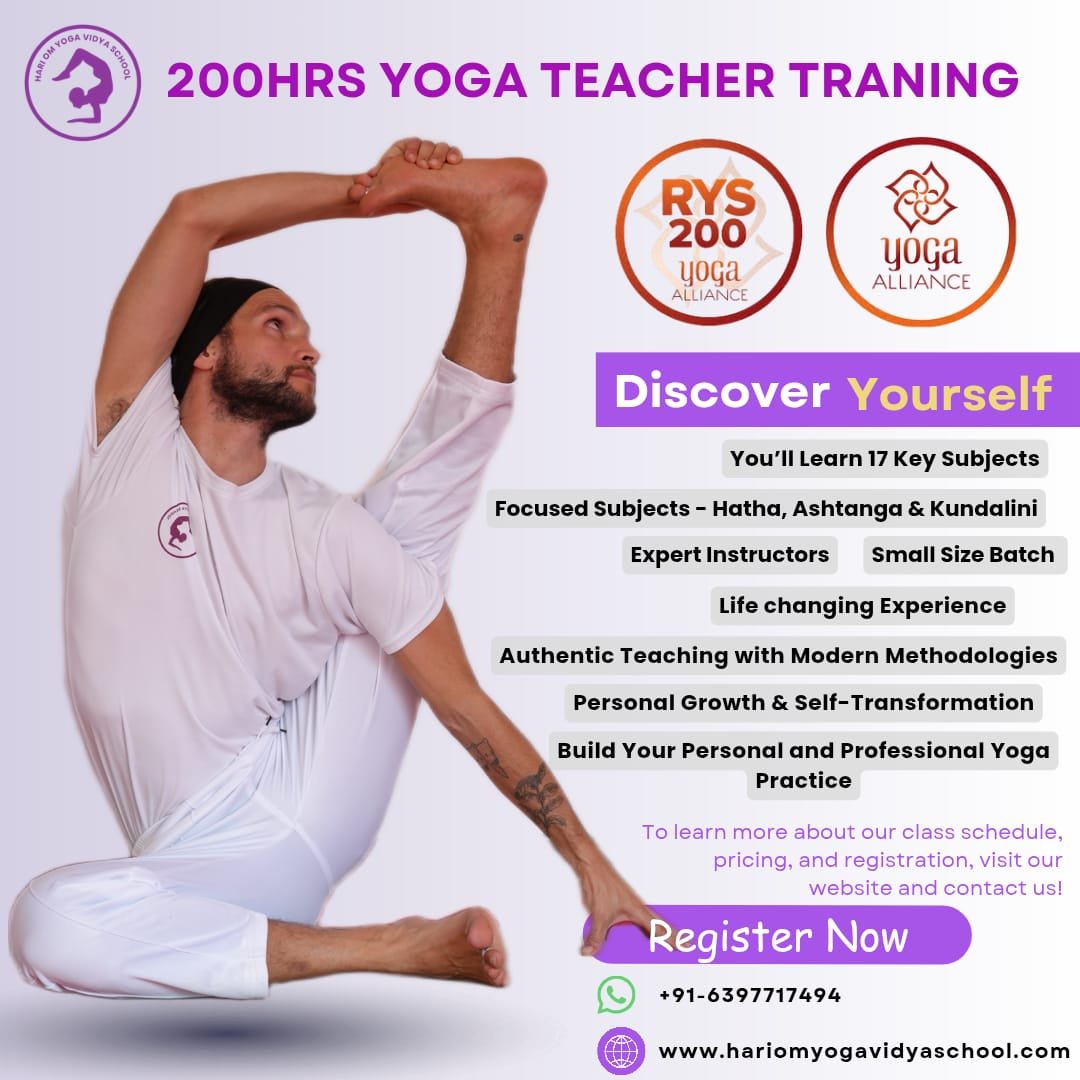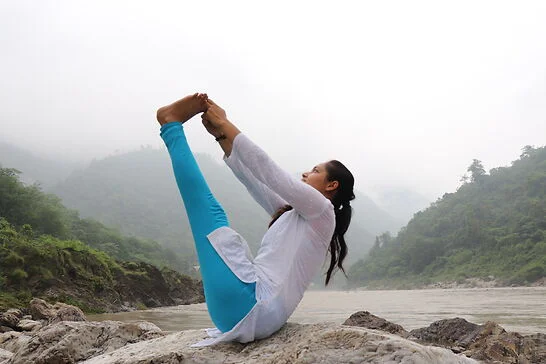What is Ubhaya Padangusthasana? (Both Big Toes Pose Meaning & Origin)
Ubhaya Padongusthasana is an excellent asana, if you want to develop your core muscles. Moreover, it is a balancing pose as well. It also strengthens and stretches the core as well. Apart From its physical benefits,Ubhaya Padongusthasana or this pose imparts a number of benefits, spiritually. It is one of the most powerful meditative asanas. Moreover, the Muladhara chakra and the Svadhishthana Chakra are both related to this asana.
Ubhaya Padongusthasana or this pose forms a different relationship with gravity. It mainly balances the body on the rear. The pose is named after the bod toes. The entire body seems to forma circuit, in this pose.

The name of this asana is derived from the Sanskrit verses, and the name can be broken down as under.
- Ubhaya means ‘both,’
- Pada means ‘feet’
- Angustha means ‘toes or fingers’
- Asana, means ‘pose’
It is believed that this pose is easier for women, than men. It may be due to the reason, that the centre of gravity for women is lower in the pelvis, than that of men. Thus, it helps women to ground themselves properly.
Read More: Why Is Kundalini Yoga Dangerous? The Truth About Its Risks and Rewards
Ubhaya Padangusthasana Steps: How to Do the Pose Correctly
You can do Ubhaya Padongusthasana, after you have mastered the preparatory poses like Dandasana or Paschimottasana. These asanas aid your body to become supple and flexible, so that you are able to hold the big toes without hassles.
- You can sit on the floor, to start with and stretch your legs in front of you.
- Slowly lie down on the floor, with your face looking upward.
- You have to remember to lift your legs straight upwards, as you lie down. You can pill them up and keep them at an angle of 90 degrees. Use the inner strength of the abdomen to hold the pose.
- Subsequently, you have to stretch both your hands, to hold the big toes of either foot, with your middle finger, fore finger, and the thumb.
- You have to exhale and raise the body towards the legs, in that same balancing pose. Balance the body on your sitting bones.
- You can stay in the pose and hold it for 5 breaths.
- When you are ready to go back to the original pose, you have to release the toes, and come back to the original Dandasana pose.
Modifications and Variations
This is a challenging pose for your core muscles and hamstrings. If you do it properly, you will be able to enjoy the benefits.
- If you are unable to straighten your legs, while doing this asana, you can wrap a strap around the soles. Hold the strap with both your hands. You have to press your feet against the strap, as you lift the legs.
- You can also place a folded blanket below the sitting bones. It will ease off the pressure from the tailbone.
- You can also follow the Ashtanga flow, wherein you can move into the pose from the Plow pose or the Halasana.
- If you have adequate experience in doing the asana, then you can directly lift the legs upwards and [point them towards the ceiling. Extend the elbows outside and bring the chest in contact with the legs.
You have to engage in normal breathing. Stay for 5 breaths in the final folded upward pose. Your gaze should be towards the legs or Padagraye Drishti.
Safety Precautions Decoded
This is a very challenging pose, so you need to keep certain things in mind, while practicing the asana.
- You have to remember to keep the spine in a straight position, while doing this asana. The front of the torso also needs to be stretched to its maximum.
- If you feel that your spine is bending, then you have to use a yoga strap. Just makes sure that your front and backside is upright.
- You have to keep your legs active in the case of this asana or pose. To do that, you must engage the hamstrings and the knees well.
- You have to keep your gaze fixed on the legs, but they must be soft.
- Your lower belly should never get hard. You have to contract the inner muscles, and let the pose take its course.
- Be calm while practicing this asana. Breathe smoothly, without too much exertion.
Who Can Do This Asana and Who Cannot?
If you have a fairly good constitution, you can do this asana quite easily. However, if you have certain body issues, then you should check the contraindications.
- If you have any injuries in your back, shoulders, neck, arms and hips, then you should not practice Ubhaya Padongusthasana.
- If you have undergone any kind of surgery in the recent past, the bones may be weaker. So, you cannot do this asana.
- If you are carrying a baby, then you cannot do the asana, as it may not be possible for you to regulate the breathing or balance yourself on the tailbone.
- Moreover, you cannot contract the pelvic muscles, when you are pregnant.
- It is also best to avoid the asana, if you have blood pressure issues.
- Moreover, if you suffer from Hernia, Slipped Disc, IBS or Piles, you must not do this asana.
- All those you suffer from Migraine, should also stay away rom such poses.
Top Ubhaya Padangusthasana Benefits for Body and Mind
- In Ubhaya Padongusthasana, the entire leg muscles from the hips, and the entire arm muscles from the shoulders, get a full stretch.
- It also opens the chest and shoulder muscles.
- It can also give your spine a good stretch and also relieve back ache.
- The regular practice of this asana also gives the body flexibility.
- The pose also stimulates the nervous system.
- Ubhaya Padongusthasana also strengthens the core abdominal muscles.
- You will feel relief from stress and strain after you do this asana, as the blood circulation throughout the body increases.
- In order to do the pose, you need a lot of focus and concentration. As it is a balancing pose. You need to be calm as well. So, you can gain in terms of awareness.
Ubhaya Padangusthasana Variations for Beginners and Advanced Practitioners
Located in the heart of Rishikesh, Hari Om Yoga Vidya School is a place where ancient yogic wisdom meets modern teaching techniques. As a top yoga school in Rishikesh, we are committed to providing authentic, immersive yoga education in a peaceful, spiritual setting. Recognized as one of the best yoga schools in Rishikesh, we offer structured training programs designed to help you evolve in your practice, whether you are a beginner or an experienced yogi.
If you’re searching for a yoga school in Rishikesh that focuses on holistic learning, experienced teachers, and a supportive community, look no further!
Common Mistakes and How to Avoid Them in Ubhaya Padangusthasana
At Hari Om Yoga Vidya School, we offer a range of courses tailored for different levels of practitioners:
Read More: Everything You Need to Know About Kundalini Yoga Teacher Training
✅ 100-Hour Yoga Teacher Training in Rishikesh – A foundational course for those looking to begin their yoga journey.
✅ 200-Hour Yoga Teacher Training in Rishikesh – An internationally recognized certification for aspiring yoga teachers.
✅ 300-Hour Yoga Teacher Training in Rishikesh – Advanced training to deepen your practice and refine your teaching skills.
✅ 7-Day Yoga Retreat in Rishikesh – A rejuvenating escape into yoga, meditation, and self-discovery.
✅ 10-Day Yoga Retreats in Rishikesh – A transformative experience that blends yoga, relaxation, and Himalayan serenity.
Join us for a life-changing experience and become part of our global yoga family! 🌿✨




